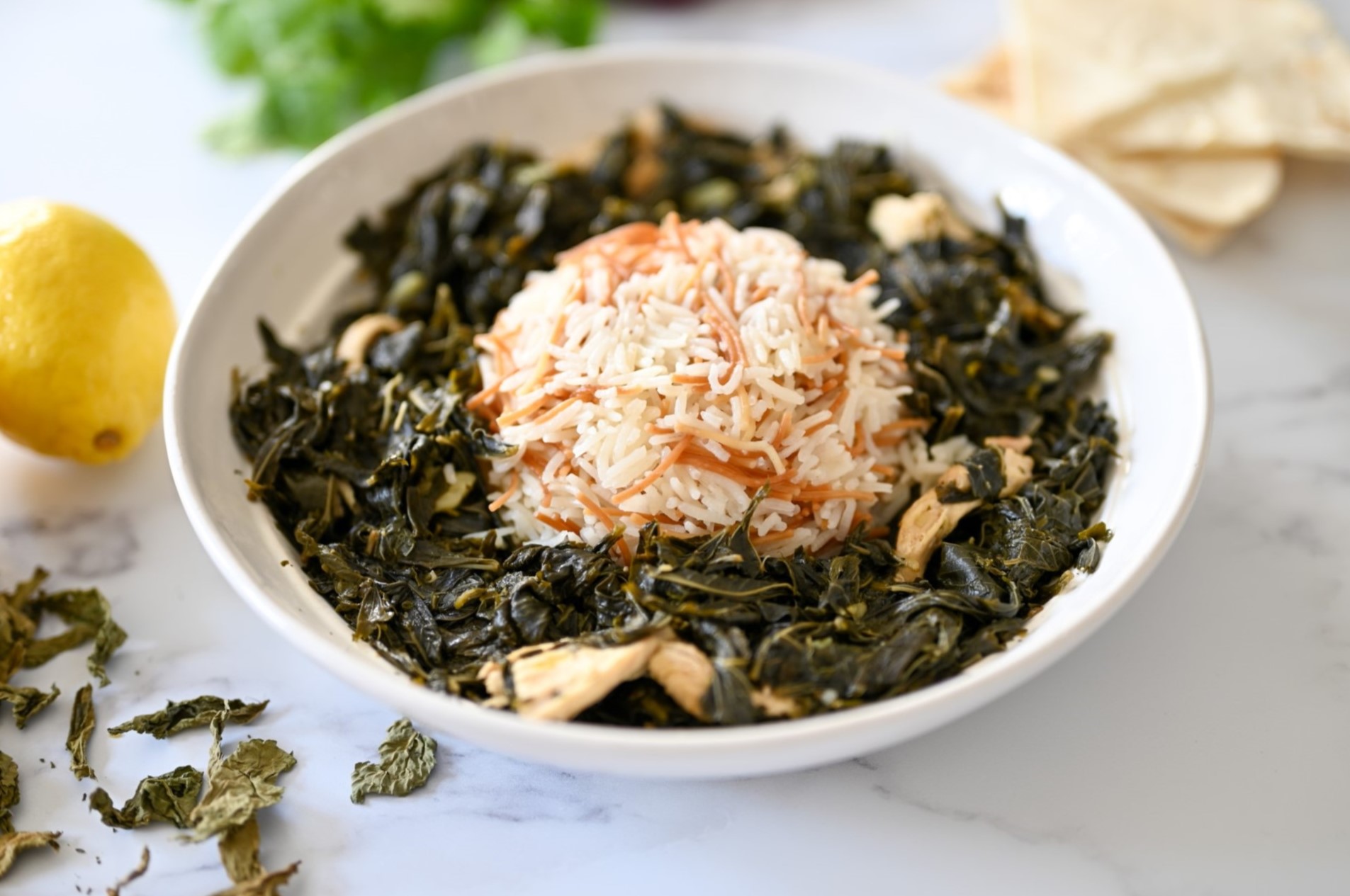
Molokhia, also known as jute mallow, is a leafy green vegetable that holds a special place in Middle Eastern and North African cuisine. Ever wondered why this humble plant garners so much love? Molokhia is not just a tasty addition to soups and stews; it's packed with nutrients like vitamins A, C, and E, along with calcium and iron. This superfood has been a staple for centuries, often hailed for its health benefits and unique, slightly slippery texture when cooked. Whether you're a seasoned chef or a curious foodie, learning about Molokhia can add a new dimension to your culinary adventures. Ready to dive into the world of this fascinating green? Let's get started!
Key Takeaways:
- Molokhia, a leafy green vegetable, is packed with vitamins and minerals, making it a superfood that supports digestion, boosts immunity, and is rich in antioxidants.
- Molokhia is not only delicious but also culturally significant in Middle Eastern and North African cuisines, where it is used in various traditional dishes and holds a special place in the hearts of many.
What is Molokhia?
Molokhia, also known as jute mallow or Jew's mallow, is a leafy green vegetable popular in Middle Eastern and North African cuisines. This nutrient-rich plant has a long history and is celebrated for its unique flavor and health benefits.
-
Ancient Origins: Molokhia dates back to ancient Egypt, where it was believed to have medicinal properties. Pharaohs reportedly consumed it to boost their health.
-
Nutrient Powerhouse: This leafy green is packed with vitamins A, C, and E, along with minerals like calcium and iron. It’s a great addition to a balanced diet.
-
Versatile Ingredient: Molokhia can be used in soups, stews, and even as a side dish. Its mucilaginous texture thickens dishes, making them hearty and satisfying.
Health Benefits of Molokhia
Molokhia isn't just tasty; it's also incredibly good for you. Here are some health benefits that make it a superfood.
-
Rich in Antioxidants: The high levels of antioxidants in molokhia help combat free radicals, reducing the risk of chronic diseases.
-
Supports Digestion: Its high fiber content aids in digestion, preventing constipation and promoting a healthy gut.
-
Boosts Immunity: The vitamins and minerals in molokhia strengthen the immune system, helping the body fend off illnesses.
Cultural Significance of Molokhia
Molokhia holds a special place in various cultures, especially in the Middle East and North Africa. Its cultural significance is as rich as its flavor.
-
Egyptian Staple: In Egypt, molokhia is a national dish often served with rice and chicken or rabbit. It’s a comfort food for many Egyptians.
-
Lebanese Cuisine: In Lebanon, molokhia is cooked with chicken and served with lemon and rice, creating a tangy and savory dish.
-
Palestinian Tradition: Palestinians prepare molokhia with lamb or chicken, adding garlic and coriander for extra flavor.
Growing Molokhia
Interested in growing your own molokhia? It's easier than you might think. Here’s what you need to know.
-
Warm Climate: Molokhia thrives in warm climates, making it perfect for summer gardens. It needs plenty of sunlight and well-drained soil.
-
Fast Growing: This plant grows quickly, often ready for harvest in just a few weeks. Regular watering and occasional fertilizing will keep it healthy.
-
Multiple Harvests: You can harvest molokhia multiple times in a season. Just cut the leaves, and new ones will grow back.
Cooking with Molokhia
Cooking with molokhia can be a delightful experience. Its unique texture and flavor can transform simple dishes into culinary masterpieces.
-
Soup Base: Molokhia soup is a popular dish. The leaves are finely chopped and cooked with broth, garlic, and coriander, creating a thick, flavorful soup.
-
Stews: Add molokhia to stews for a nutritious boost. It pairs well with meats like chicken, lamb, and beef, adding depth to the dish.
-
Side Dish: Sauté molokhia with garlic and olive oil for a simple yet delicious side dish. It’s a great way to enjoy its health benefits without much effort.
Molokhia: A Leafy Green with a Rich History
Molokhia isn't just another leafy green. It's packed with nutrients and has a rich history dating back to ancient Egypt. This versatile vegetable can be used in soups, stews, and even as a side dish. Its health benefits include being high in vitamins A and C, iron, and fiber. Plus, it’s known for its anti-inflammatory properties.
Cooking molokhia might seem tricky at first, but with a bit of practice, it becomes second nature. Whether you’re looking to add more greens to your diet or explore new flavors, molokhia is worth a try. Its unique taste and nutritional value make it a standout in any kitchen. So next time you’re at the market, grab some molokhia and give it a go. Your taste buds and body will thank you!
Frequently Asked Questions
Was this page helpful?
Our commitment to delivering trustworthy and engaging content is at the heart of what we do. Each fact on our site is contributed by real users like you, bringing a wealth of diverse insights and information. To ensure the highest standards of accuracy and reliability, our dedicated editors meticulously review each submission. This process guarantees that the facts we share are not only fascinating but also credible. Trust in our commitment to quality and authenticity as you explore and learn with us.


